Maverick AMM Airdrop Strategy & Earn 22% APR with a Directional Stablecoin LP

Before we get started, this is not a recommendation or endorsement to buy any token(s) mentioned.
Anyone who’s ever provided liquidity to an AMM in DeFi knows the pain of what’s referred to as impermanent loss (IL). Put simply, IL is the loss from holding a balance of tokens in an LP versus simply holding the tokens without the LP. It is commonly used in estimating the profitability of providing liquidity to AMMs. LPs supply a balance of assets that are very likely to change over time, and depending on how volatile the market is, that IL can be extreme. For example, if an LP holds a 50/50 ratio of ETH/DAI, as ETH goes up in price, LPs are selling ETH to traders and swapping for DAI, but during a downtrend, LPs are buying ETH and selling DAI to traders.
It is always possible that the value of the LP position will return to where it started but there’s no guarantee. When Uniswap V3 launched, it was a major innovation in design for AMMs allowing LPs to place liquidity within specified price ranges vs providing liquidity across an infinite price band, thus allowing the AMM to be more capital efficient but also potentially subjecting LPs to even more IL within tighter price bands.
Maverick Protocol has launched a new AMM protocol to maximize capital efficiency by automating the concentration of liquidity as price moves. Maverick claims to be the first Dynamic Distribution AMM capable of automating liquidity strategies. In layman’s terms, Maverick provides an AMM with built-in liquidity strategies to move the LP’s liquidity as the price of pool tokens change, in order to keep the liquidity actively earning fees.
Higher capital efficiency

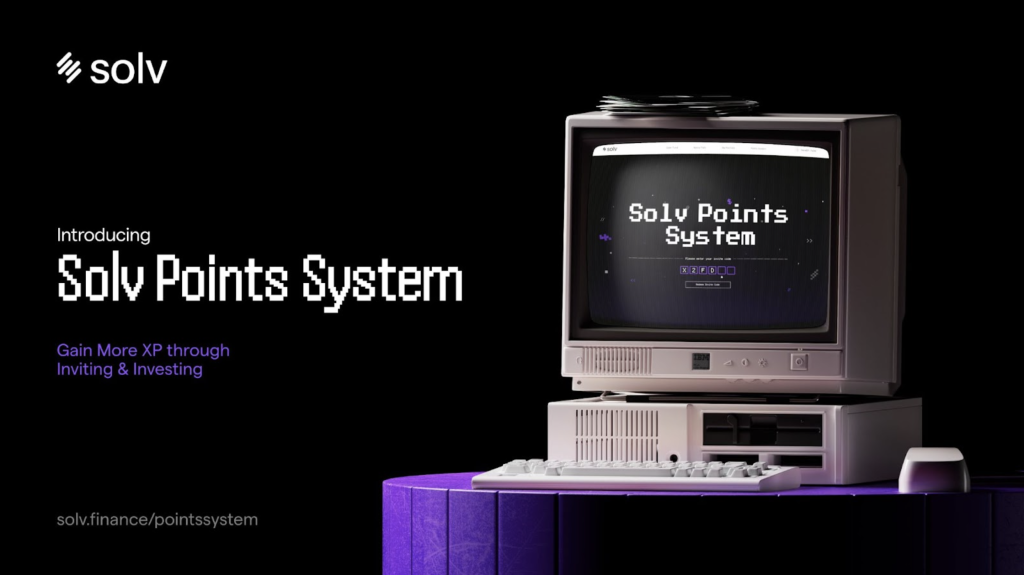
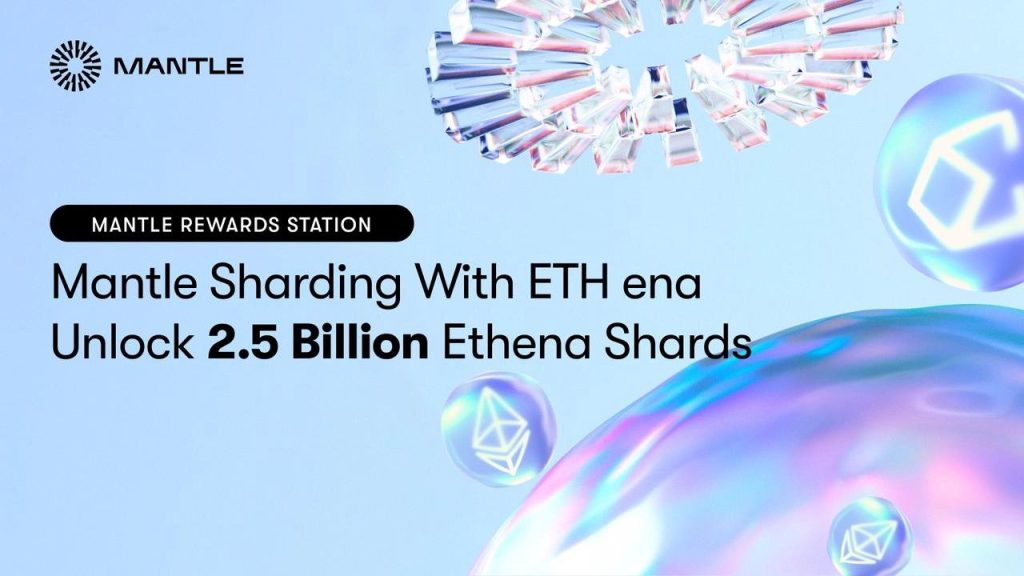

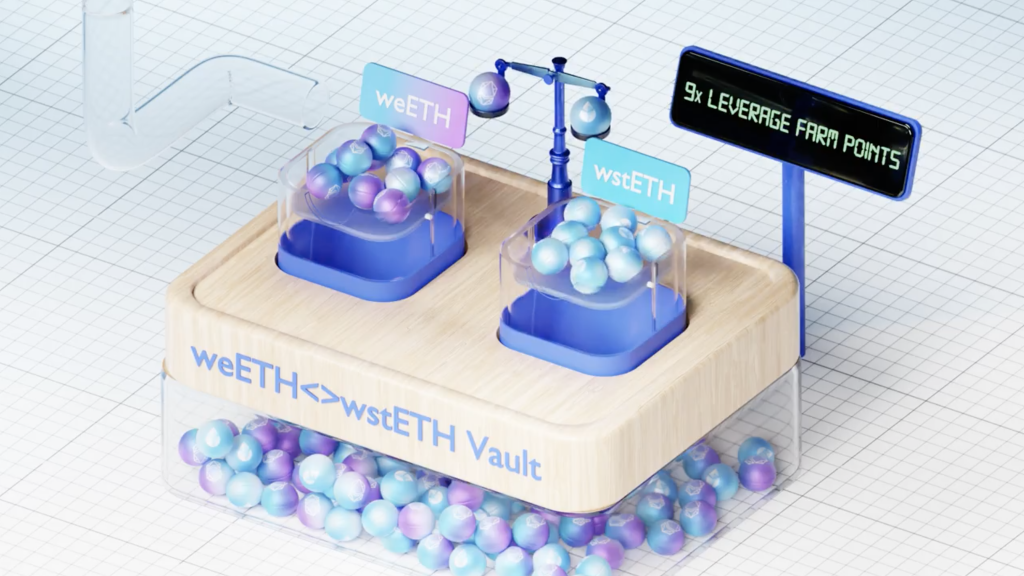
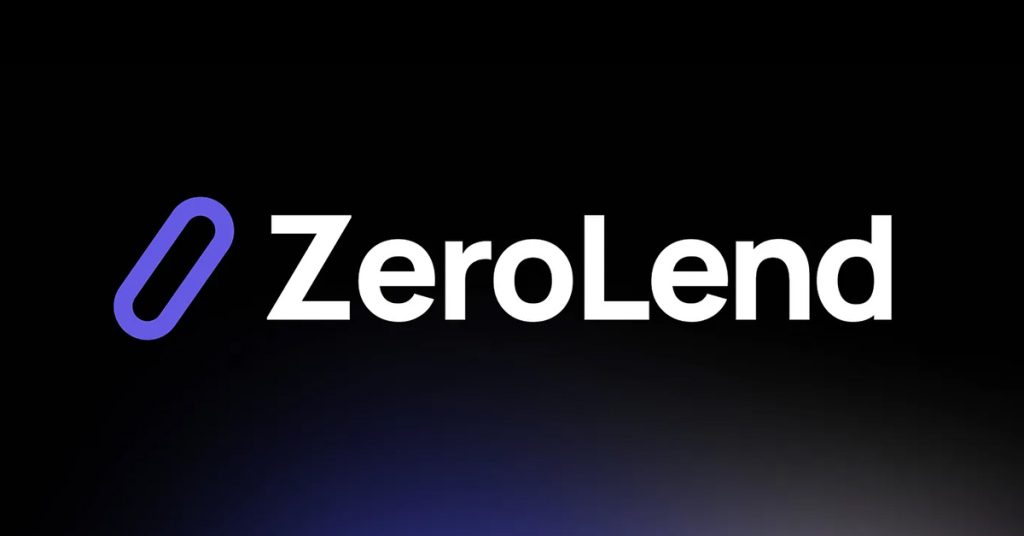

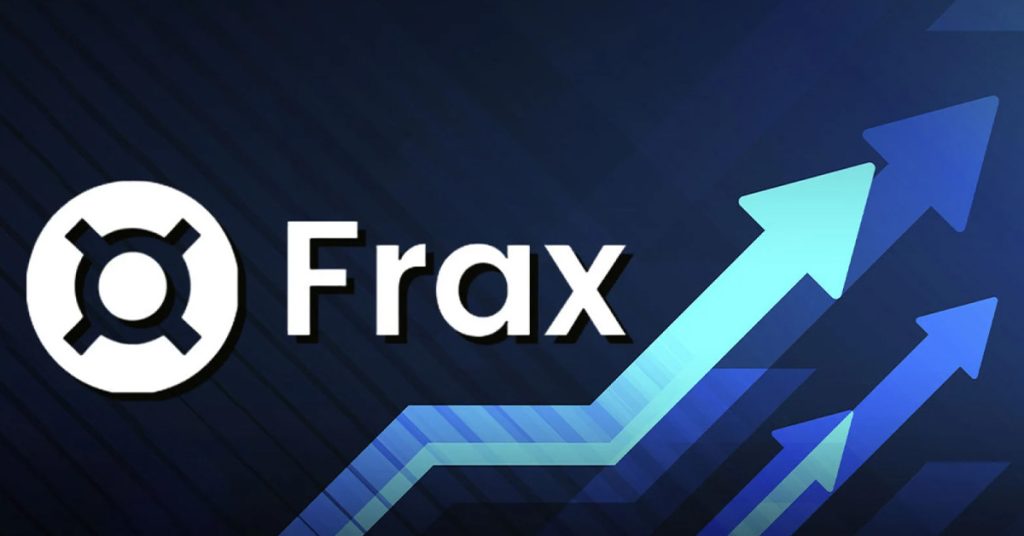

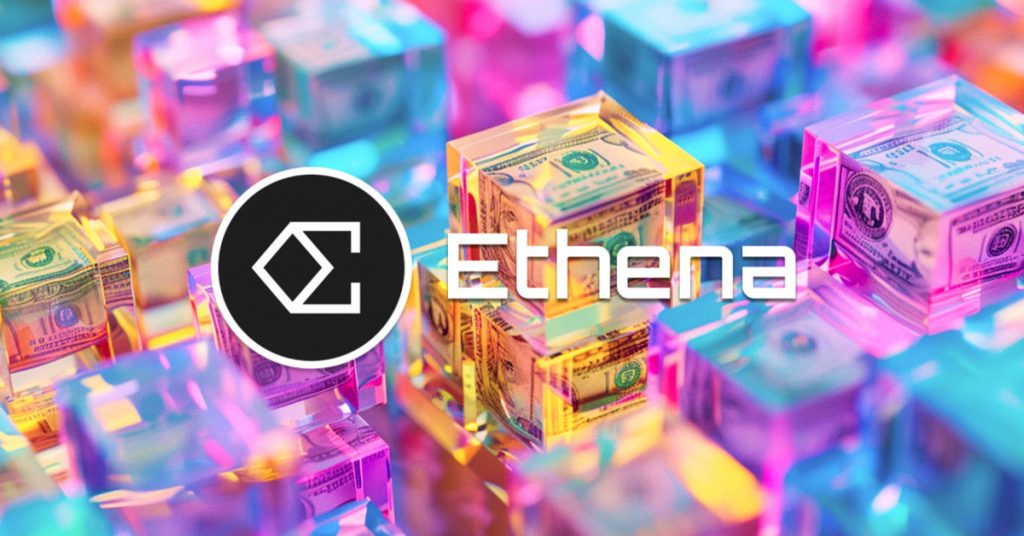

Responses